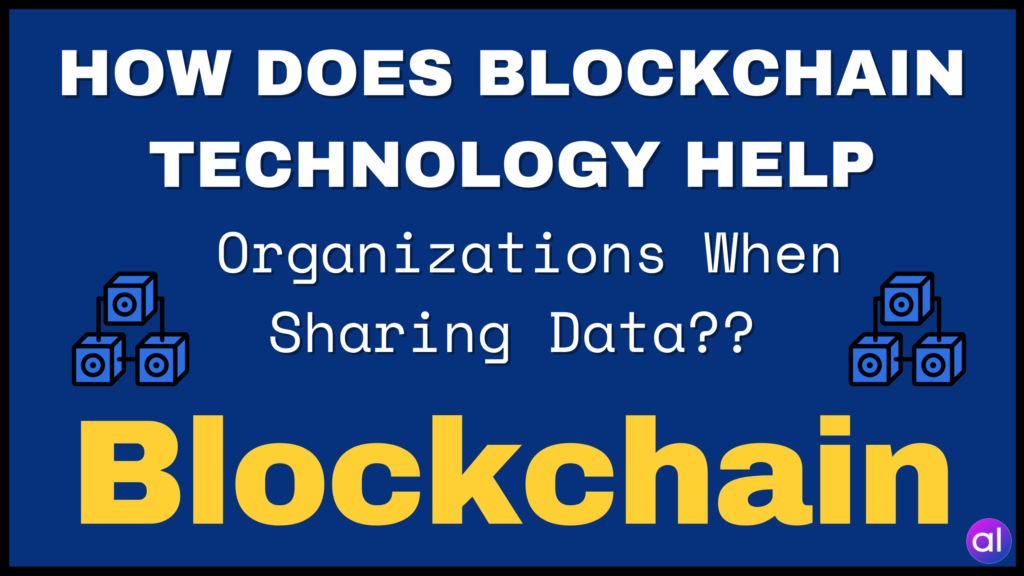
Blockchain technology has been making waves in the tech world. While its first application, Bitcoin, emerged in 2009, it wasn’t until late 2017 that it gained widespread attention as the value of Bitcoin skyrocketed. This surge shed light on the underlying technology of Bitcoin – Blockchain. Since then, Blockchain has been extensively researched and adopted globally, with its potential applications in various industries. However, it’s important to note that the definition of Blockchain can vary depending on the type being discussed. In this blog post, we will explore the different types of Blockchain to help you better understand this revolutionary technology.
What is Blockchain?
Blockchain is a decentralized, distributed, and immutable data structure used for storing data. It consists of a chain of blocks, with each block containing a set of data. The technology operates on a network of computational devices that allow data to be added to the Blockchain as blocks. However, not every device can create a block. An algorithm generates a puzzle, and the device that solves it first earns the right to create a block, which must then be verified by over 50% of the network’s devices.
Public Blockchain
Public Blockchain is the most common type of Blockchain, as it is open to everyone. Any device can join the network and access the data (usually transactions) stored on the Blockchain. Popular cryptocurrencies like Bitcoin and Ethereum operate on public Blockchain networks.
Private Blockchain
Private Blockchain, on the other hand, is a closed network that restricts access to authorized participants only. The network administrator controls who can join the network and manages permissions and access levels. Private Blockchain is suitable for companies looking to leverage Blockchain technology while maintaining control over data privacy.
Hybrid Blockchain
Hybrid Blockchain combines elements of both public and private Blockchains to enhance security. Data stored on a hybrid Blockchain can be made visible to all network devices or restricted to specific participants. This allows for greater control over data visibility and access.
Federated Blockchain
Federated Blockchain, also known as Consortium Blockchain, is a semi-decentralized network managed by select organizations. Instead of being controlled by a single entity, multiple organizations collaborate to oversee the Blockchain network. Federated Blockchain is commonly used by banks and government agencies to securely store and share confidential information.
Conclusion
Blockchain technology continues to evolve, with new types of Blockchain networks emerging regularly. The types discussed in this post are among the most commonly used and tested. If you are considering implementing a Blockchain solution for your business, it’s essential to explore your options and choose the right type of Blockchain for your needs. Our team can help you build Blockchain networks, exchanges, wallets, DApps, ICOs/STOs, or custom Blockchain solutions tailored to your requirements. Feel free to reach out to our experts for guidance and support.



